Introduction
Understanding the accounts payable turnover ratio is essential for assessing the financial health of your business. It goes beyond payment practices and delves into how effectively you leverage supplier credit to fuel your operations. This article will guide you through the process of calculating the accounts payable turnover ratio and explain its significance in determining your company's financial efficiency.
Whether you're a budding entrepreneur or a seasoned CFO, mastering this ratio is crucial for steering your business towards a prosperous financial future. So let's dive in and uncover the practical advice and solutions that will empower you to optimize your accounts payable turnover ratio and enhance your business's financial health.
Why Calculate the Accounts Payable Turnover Ratio
Understanding the accounts payable turnover ratio is akin to mastering a vital sign of your business's financial health. It's not just about gauging payment practices, but also about how efficiently you're leveraging supplier credit to fuel your operations. Take, for instance, the story of Monday.com—a company that exemplifies the power of efficient growth. They managed to become free cash flow positive rapidly, even when their growth began to plateau. This efficiency is reflective of a broader trend in the software industry, where companies are constantly striving to grow more efficiently, thus maximizing cash investment, extending their cash runway, and enhancing shareholder value.
To achieve such efficiency, it's crucial to have a firm grasp on your financial metrics, including the accounts payable turnover ratio. This ratio offers a window into the frequency at which your business pays off its suppliers. A higher turnover rate may indicate that your company is paying its suppliers promptly, which could be a sign of good financial health and potentially advantageous credit terms. Conversely, a lower turnover rate might suggest a need to reassess your payment strategies or negotiate better terms with suppliers.
Moreover, a deep dive into accounting practices, as highlighted in recent industry insights, reveals that a strong financial plan and sophisticated bookkeeping aren't just for the big players. They're equally critical for small businesses aiming to carve a niche in the competitive market. Establishing a robust financial foundation with a dedicated business bank account, a clear accounting method, a well-organized chart of accounts, and a defined fiscal year is fundamental to success.
With these tools in place, you're better positioned to reevaluate expenditures, prioritize spending, and ultimately, make more informed decisions that drive long-term growth and profitability. Remember, the true value of a company lies not just in its revenue but in its ability to generate free cash flow over time. So, whether you're a budding entrepreneur or at the helm of a thriving enterprise, a keen understanding of your accounts payable turnover ratio is not just beneficial—it's essential for steering your business towards a prosperous financial future.
Step 1: Determine Net Accounts Payable
When it comes to understanding a company's financial health, the accounts payable turnover ratio is a critical metric that reflects how quickly a business pays off supplier credit. To calculate this ratio, you must first pinpoint the net accounts payable, a figure that reflects total obligations to suppliers minus any deductions such as discounts, returns, or allowances. This number is typically displayed on a company's balance sheet within the financial statements.
The importance of accurately determining net accounts payable cannot be overstated, as it provides insight into the company's management of cash flow and relationships with vendors. Take, for example, the case of Monday.com, which has demonstrated remarkable efficiency in its growth trajectory, becoming free cash flow positive in a slowed growth environment. By effectively managing their accounts payable and other financial metrics, they have been able to invest more cash, extend their cash runway, and ultimately enhance shareholder value. This mirrors the broader trend in the business landscape where operational efficiency and cash management are pivotal to a company's success.
The accounts payable turnover ratio is also instrumental in analyzing a firm's liquidity and operational efficacy. A higher turnover rate may indicate that a company is paying off suppliers at a faster rate, which could be a sign of favorable credit terms or strong cash management. Conversely, a lower turnover rate might suggest potential cash flow issues or a strategic decision to utilize longer credit terms. As such, understanding this ratio helps companies like Monday.com maintain a competitive edge in the software industry, where cash flow management and operational efficiency are key to sustainable growth.
Step 2: Calculate Average Accounts Payable
Understanding the average accounts payable is a critical step in calculating the turnover ratio. To pinpoint this figure, add the accounts payable balance at the beginning of the period to the balance at the end, and then divide by two. This average provides a snapshot of the company's short-term liquidity over time and is especially vital for businesses facing inconsistent cash flows, as highlighted by the report 'Money Matters: The Impact of Economic Conditions on the Cash Flow of US Small Businesses.' With nearly 30% of small businesses lacking a cash reserve for emergencies, grasping the significance of this metric becomes even more crucial for financial stability. By effectively managing accounts payable, businesses can enhance their expense management, maintain robust vendor relationships, and contribute positively to their overall financial health. In essence, the average accounts payable encapsulates the financial heartbeat of a company, reflecting its ability to meet short-term obligations and strategize for future growth.
Step 3: Calculate the Accounts Payable Turnover Ratio
To ascertain the efficiency with which a company manages its accounts payable, the accounts payable turnover ratio serves as a critical indicator. This ratio illustrates the rate at which a company pays off its suppliers. To calculate this ratio, you divide the net credit purchases by the average accounts payable for a specific period. Net credit purchases are those made on credit as part of the company's regular operations and can typically be extracted from the income statement. This figure may also be calculated by taking the total purchases and subtracting the cost of goods sold (COGS).
Understanding your financial transactions in terms of account transfers simplifies the process of financial analysis. For instance, when a purchase is made, like the $1,500 spent on a laptop from a $2,000 bank account balance, it's a transfer from cash account to a tangible asset account. This perspective prevents the misconception that money has disappeared and instead clarifies that it has been converted into an asset.
In the broader context of accounting, it's essential to comprehend not just how to track financial transactions but also how to interpret them to make informed business decisions. By examining the accounts payable turnover ratio, a company can gain insights into its liquidity and ability to utilize credit terms effectively. This ratio, alongside other financial data like sales, purchases, and operating profit, can inform strategic decision-making and contribute to the overall financial health and growth strategy of the business.
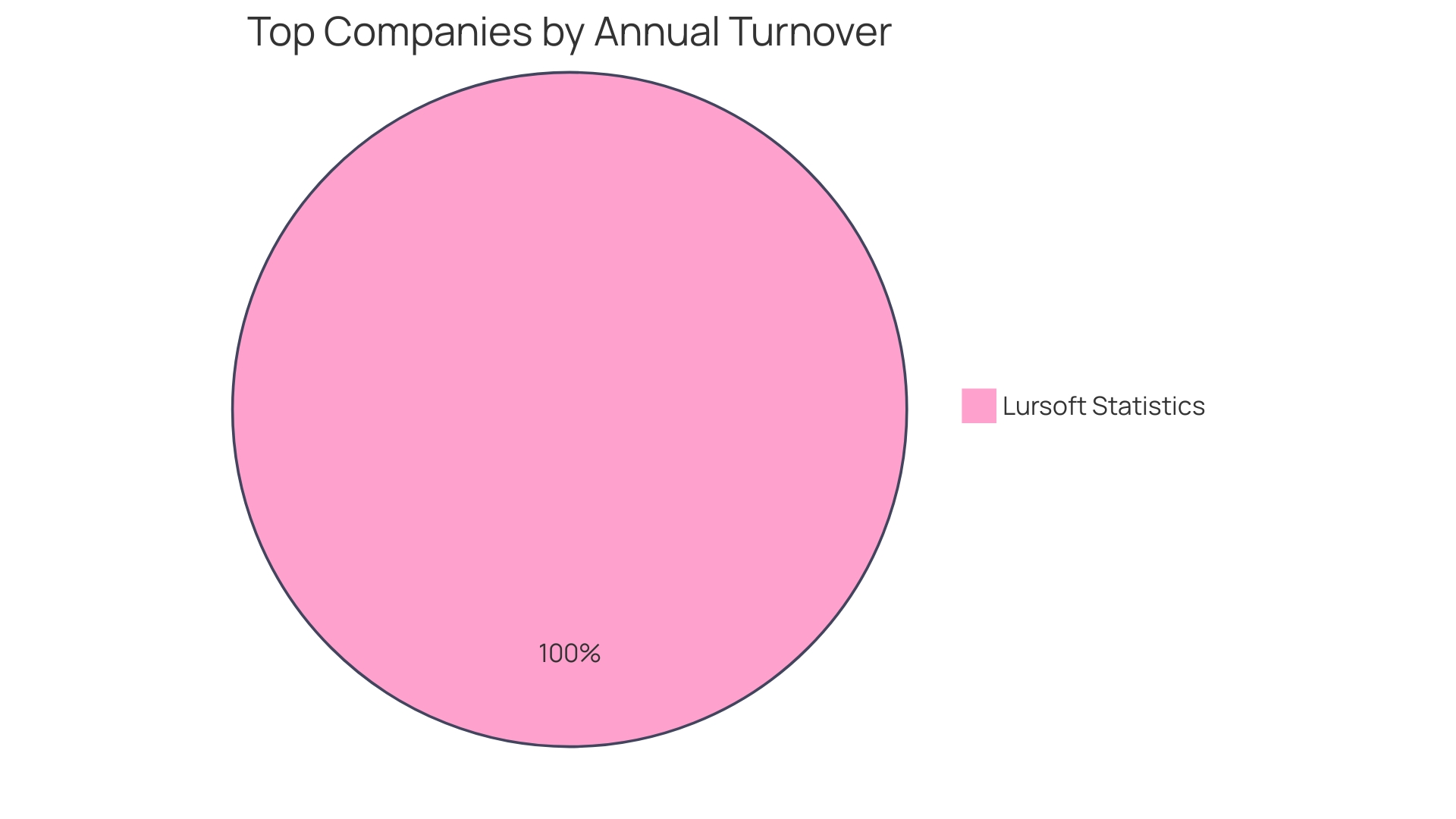
Example Calculation of Accounts Payable Turnover Ratio
Consider a practical example to understand the accounts payable turnover ratio better. Imagine a company that has made $500,000 in net credit purchases over a certain period, with an outstanding average accounts payable of $100,000. To calculate the accounts payable turnover ratio, we divide the total net credit purchases by the average accounts payable, resulting in a ratio of 5. This figure indicates that the company is clearing its accounts payable on average five times within the period being analyzed. This metric is a crucial indicator of the company's ability to manage its short-term liabilities and is integral for efficient cash flow management. For instance, Monday.com's strategic financial planning, which led to their rapid growth and swift transition to positive free cash flow, exemplifies the significance of understanding and utilizing financial ratios to optimize operational efficiency and maximize shareholder value. In the dynamic landscape of financial operations, such insights are vital, as they reflect a company's fiscal health and inform decisions regarding investments and budgetary allocations.
Interpreting the Accounts Payable Turnover Ratio
Understanding the accounts payable turnover ratio is essential for a company's financial health assessment. It's a measure of the rate at which a company pays off its suppliers, indicating the efficiency of managing its accounts payable. A robust ratio signifies a swift payment process to creditors, reflecting positively on the company's financial agility and solvency. Conversely, a sluggish ratio may raise red flags about potential liquidity issues or suboptimal payment protocols.
For instance, Monday.com's journey to becoming free cash flow positive is a testament to efficient growth and astute financial management. By prioritizing gross margins and streamlining operations, companies like Monday.com ensure they have the necessary cash reserves to support growth, thereby increasing their cash runway and enhancing shareholder value. This approach underscores the importance of not just generating revenue, but also maintaining healthy cash flows and margins.
Moreover, accounting, as the backbone of any business, plays a pivotal role in understanding and interpreting financial data. It's more than just bookkeeping; it's about analyzing financial records to make strategic decisions. Accountants look beyond the numbers, preparing financial statements that reflect a company's fiscal status, from cash flows to balance sheets and income statements.
The call to 'reevaluate all spend, and prioritize accordingly' is a strategic move for companies to ensure they are allocating resources most effectively. This involves a comprehensive analysis of both expenses and income streams, aligning them with the company's long-term goals. By doing so, businesses can enhance their operating cash flows, which is a critical indicator of their ability to sustain operations and grow without relying on external funding.
Businesses must also stay informed about industry trends and performance metrics. For example, statistics from Lursoft reveal that among the 300 companies with the highest annual turnover in 2022, understanding the nuances of financial management and performance can be the difference between thriving and just surviving in today's competitive landscape.
In summary, the accounts payable turnover ratio is more than a mere number; it's a reflection of a company's operational efficiency and financial acumen. Companies that manage this ratio effectively are often the ones with strong cash flows, efficient growth strategies, and the resilience to navigate the ebbs and flows of the business cycle.
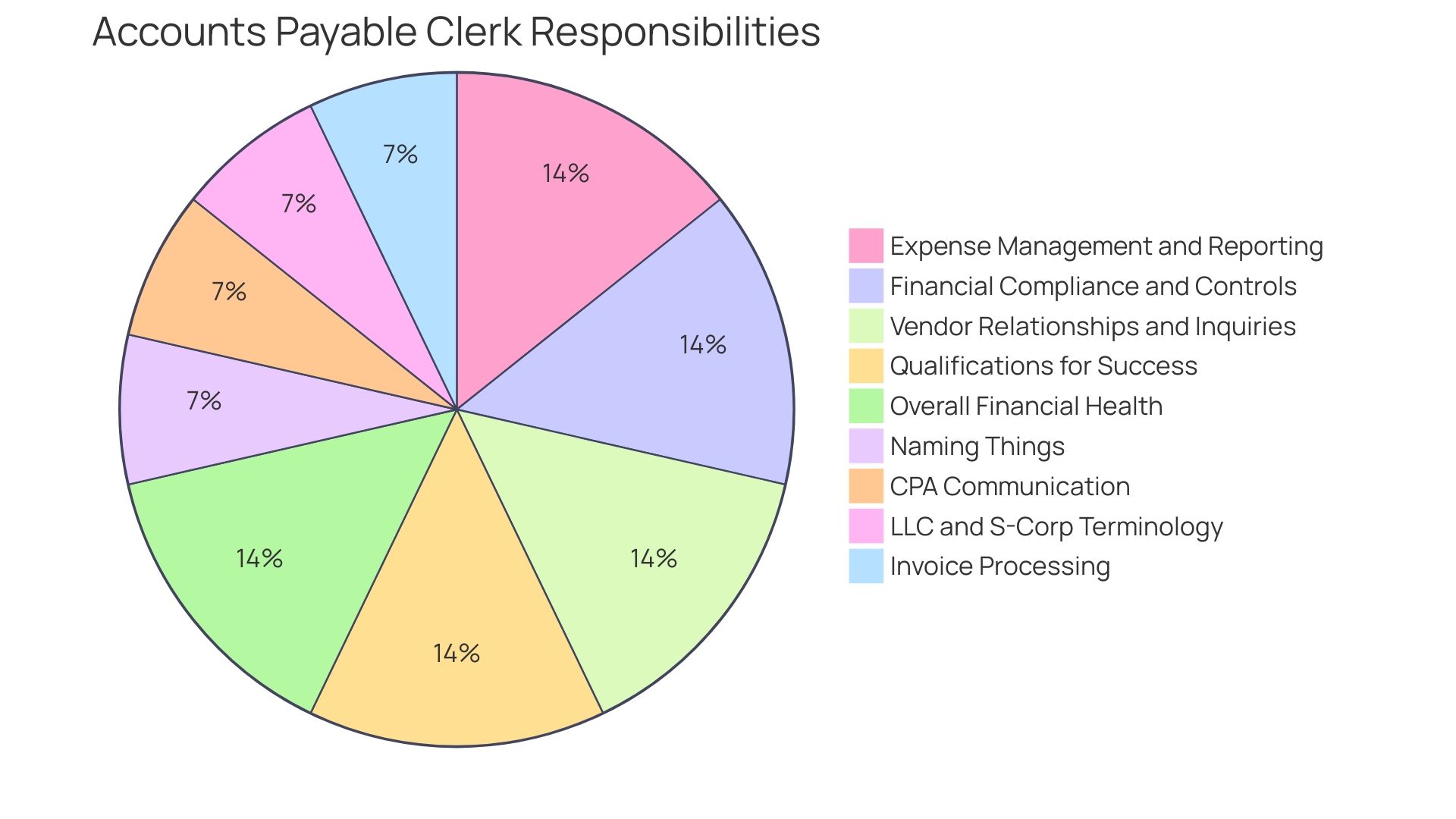
Increasing vs. Decreasing Accounts Payable Turnover Ratio
To optimize the accounts payable turnover ratio, companies should not only focus on the speed of their payments but also on the strategic management of their relationships with suppliers. One approach is to negotiate favorable payment terms that balance the company's cash flow needs with the suppliers' requirements. For instance, seeking early payment discounts can be a win-win for both parties, as it allows businesses to save money while providing suppliers with quicker payments.
Streamlining the accounts payable process is essential to improving efficiency. Implementing automated systems and software solutions can reduce human error and increase the speed of processing invoices. This can be seen in the case of Delivery Hero, which, by addressing IT-related account lockouts, improved employee productivity and operational efficiency.
However, it is crucial to monitor the ratio closely, as a declining turnover might signal deeper issues such as cash flow constraints or inefficiencies in payment practices. This calls for a thorough assessment of financial management strategies to ensure they align with the company's long-term goals and operational needs. Adopting a Profit First approach, where profit is prioritized and every expense is carefully considered, can also contribute to a healthier financial ecosystem within the business.
In summary, a holistic approach to managing accounts payable, which includes leveraging technology, negotiating with suppliers, and maintaining a strategic focus on profitability, is vital for businesses aiming to enhance their financial health and operational effectiveness.
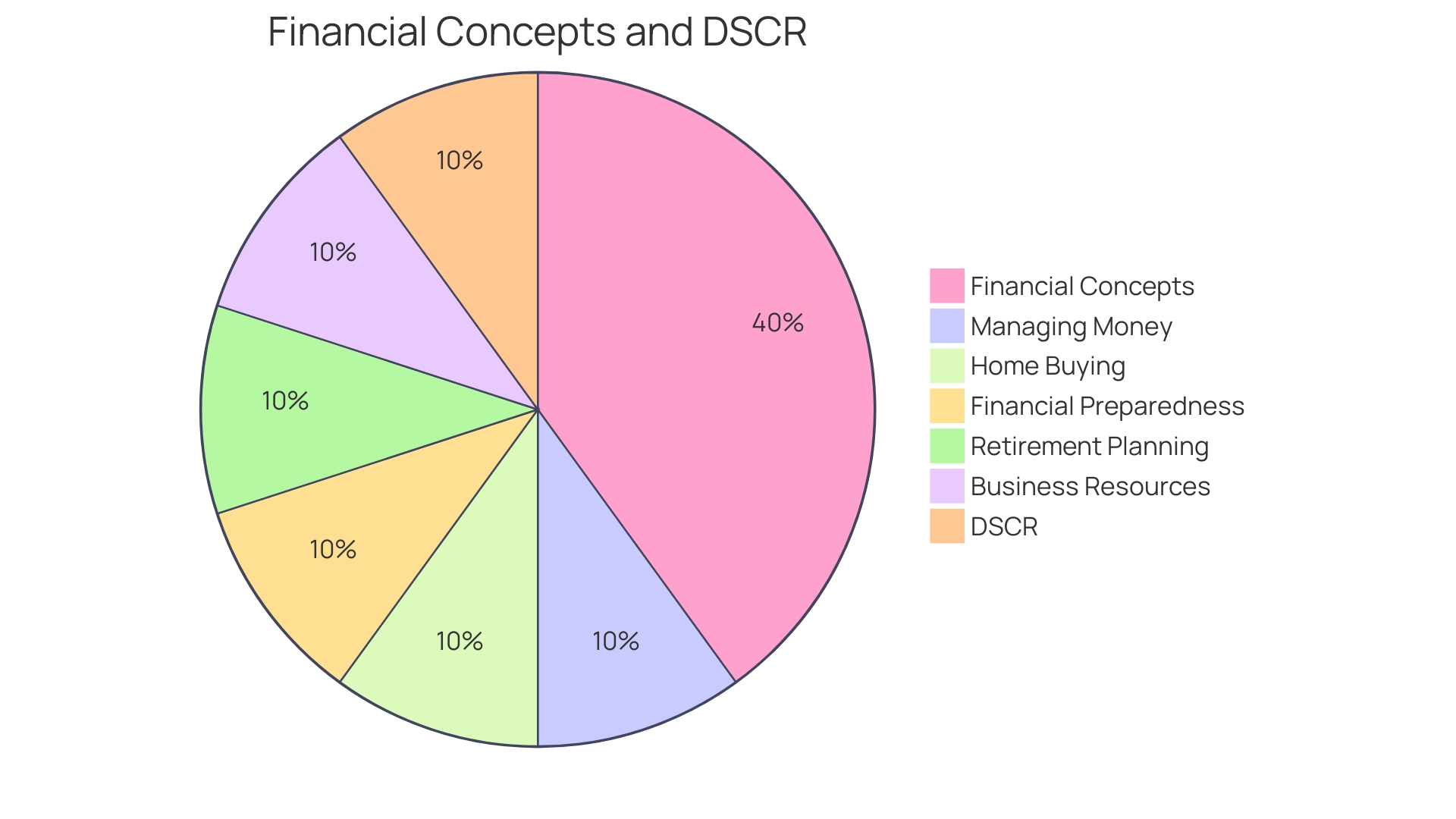
Best Practices for Managing Accounts Payable
To elevate the management of accounts payable and refine the accounts payable turnover ratio, businesses should adopt streamlined practices that contribute to financial competence and strategic vendor engagement:
- Ensuring accurate and current records of accounts payable is critical for transparency and precision in financial reporting.
- It's important to conduct regular reviews and reconciliations of accounts payable balances to avoid discrepancies and maintain fiscal responsibility.
- Defining and communicating clear payment terms with suppliers is essential for setting expectations and avoiding late payments, which can strain business relationships.
- Embracing early payment discounts can lead to cost savings and foster goodwill with suppliers.
- Integrating automated accounts payable systems can significantly enhance operational efficiency and reduce the likelihood of human error.
- Vigilant monitoring of cash flow and liquidity is imperative for making informed payment decisions and maintaining a healthy financial position.
- Cultivating robust relationships with suppliers can pave the way for negotiating terms that benefit both parties and contribute to a stable supply chain.
Tools and Technologies for Automating Accounts Payable Processes
Harnessing automation in accounts payable (AP) is not only a trend but a strategic move that's transforming financial management. As mundane as AP might seem, the reality is that by embracing automation, businesses are slashing overhead costs—a move that's becoming increasingly crucial amidst rising inflation and costs. The global market for AP automation is on a steep upward trajectory, set to soar to $5.3 billion by 2028, growing annually at 11.3%. This growth is driven by the shift from manual invoice processing to advanced platforms utilizing artificial intelligence (AI), such as Ramp, Bill, Expensify, and AvidXchange. Each platform offers unique pricing and services, allowing businesses to select the best fit for their needs.
While consumers have grown accustomed to automated transactions like direct deposits and bill payments, this level of automation hasn't been fully adopted in organizational finance departments—yet it's ripe for change. With studies by Accenture indicating that 80% of financial operations are amenable to automation, this shift could significantly liberate employee time for strategic initiatives and customer engagement. AI and machine learning (ML) technologies are at the forefront of making this possible, paving the way for streamlined operations within finance.
The concept of Straight Through Processing (STP) is revolutionizing payment systems by automating the entire payment life cycle, thereby eliminating manual intervention, reducing errors, and speeding up transactions. STP's value lies in its ability to transform the cumbersome, step-laden process of manual payment confirmation into a seamless, efficient operation. The Association for Financial Professionals reports that 46% of organizations have cited STP facilitation as their primary motive for transitioning from paper checks to electronic payments.
Despite the potential hurdles, such as significant implementation costs which 96% of mid-size firms face, the movement towards AP automation is unmistakable. Only 5% of firms have fully automated all processes, indicating that automation is an ongoing journey rather than a destination. With 66% of businesses acknowledging the critical nature of AP, the move towards automation becomes not just beneficial but essential for sustained success and competitive advantage.
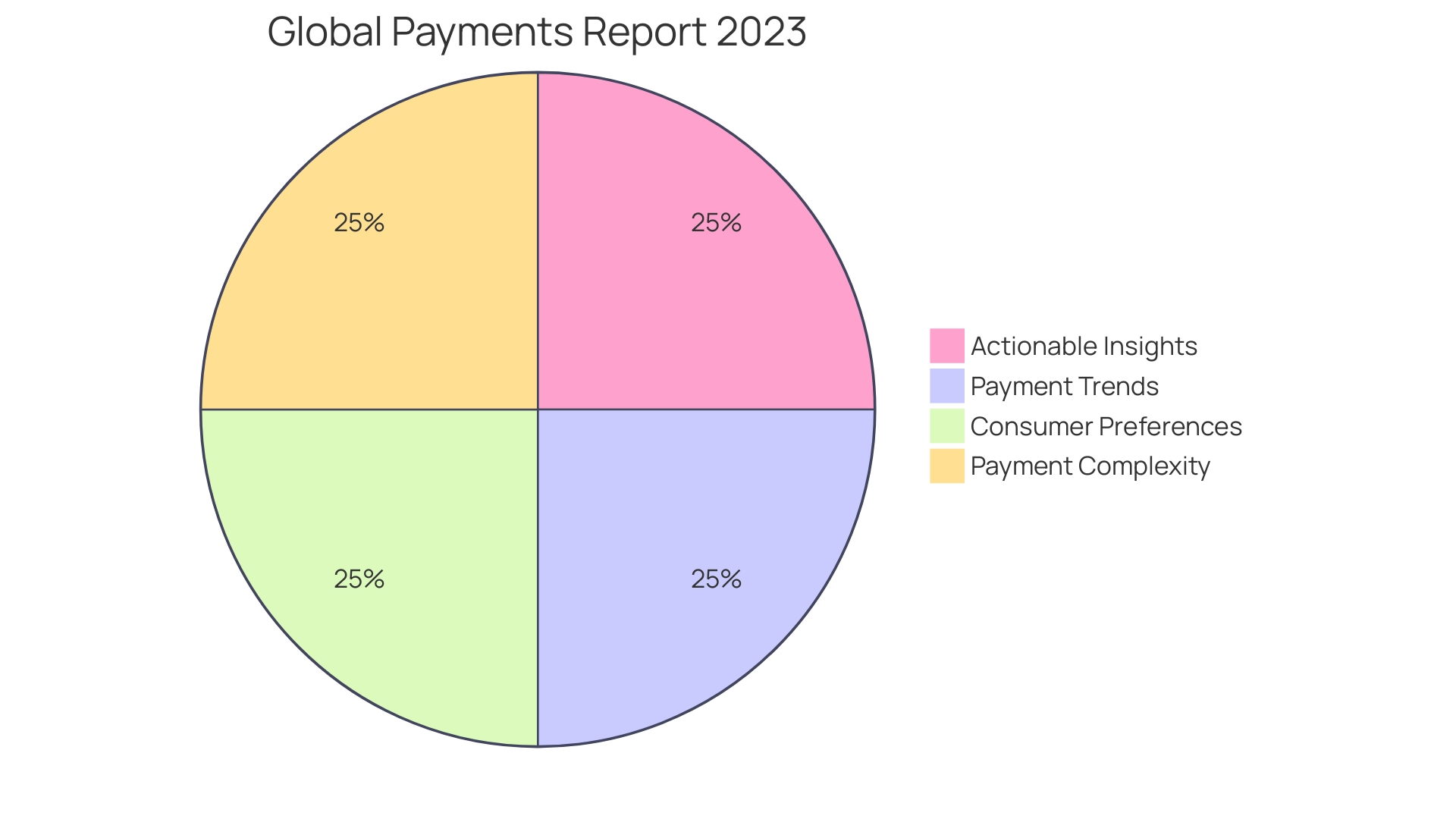
Common Mistakes to Avoid When Calculating AP Turnover
Achieving precision in the accounts payable turnover ratio is critical for assessing the efficiency of a company's payments to suppliers. However, certain pitfalls must be sidestepped to ensure the integrity of this financial metric. One such pitfall is the misstep of using gross rather than net accounts payable, which can skew the ratio by not accounting for payments already made. Furthermore, overlooking discounts, returns, or allowances can overstate the amount of credit purchases, leading to an unreliable turnover calculation.
Similarly, selecting an inappropriate time frame for the average accounts payable can distort the ratio, as it may not accurately reflect the company's payment cycle. This is evident in the case studies of businesses like Hershey's, which, during a period of financial downturn, recognized the necessity of refining their accounts receivable processes to better manage cash flow and profitability. By incorporating automation solutions and establishing efficient payment channels, Hershey's was able to revitalize its operations.
Moreover, ensuring the correct determination of net credit purchases is paramount. This involves subtracting any returns or allowances from total purchases and adding freight charges to the cost of purchases. As exemplified by the meticulous approach to account and funds verification during customer onboarding, minimizing the number of intermediaries can significantly reduce error potential and enhance the accuracy of financial data.
By vigilantly avoiding these common errors and employing rigorous verification procedures, a business can safeguard the reliability of its accounts payable turnover ratio, thereby gaining a clearer understanding of its financial standing and enhancing operational decision-making.
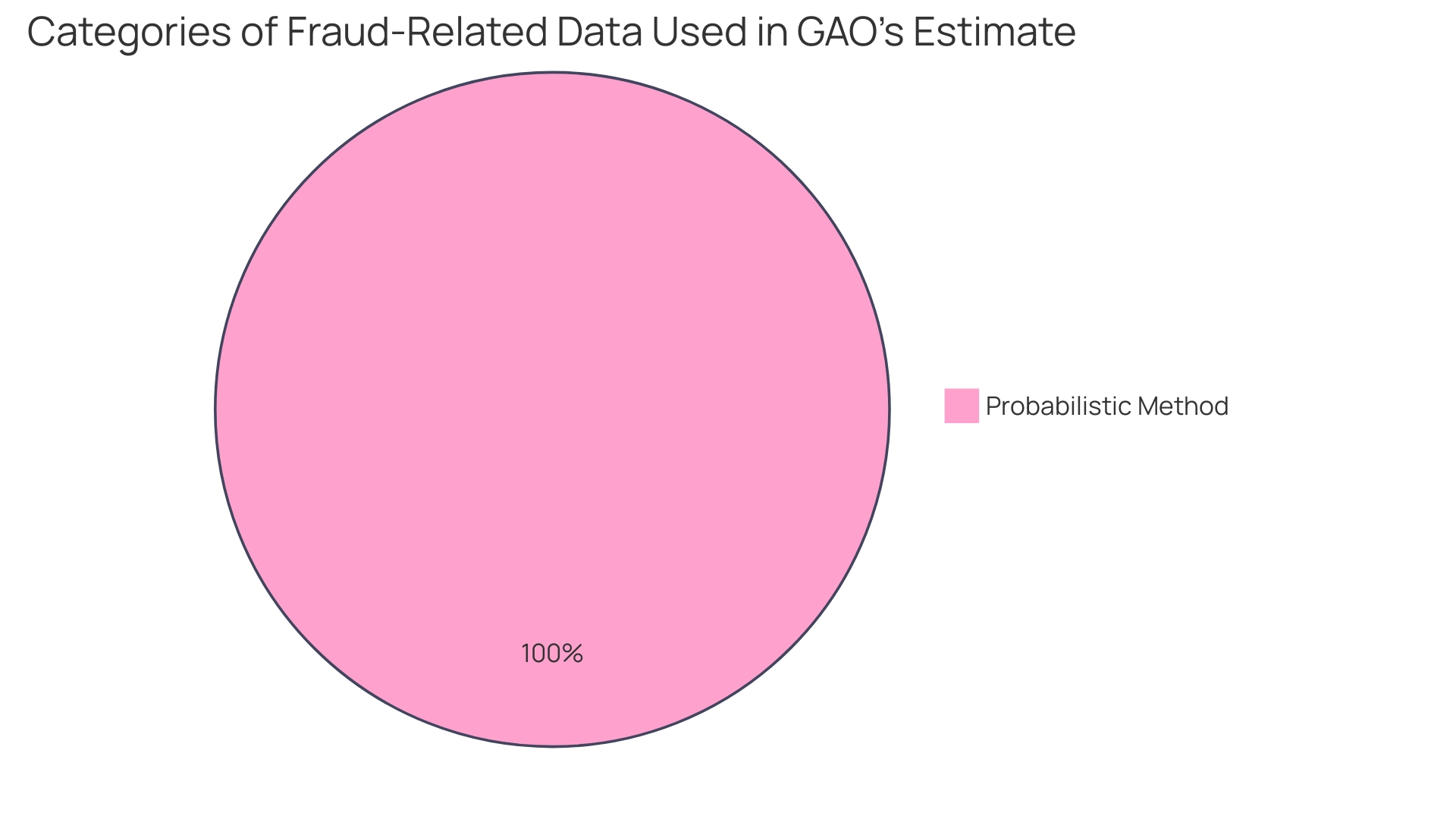
Conclusion
Understanding and optimizing the accounts payable turnover ratio is crucial for your business's financial health. This ratio goes beyond payment practices and reflects how effectively you leverage supplier credit to fuel your operations.
A higher turnover rate may indicate good financial health and advantageous credit terms, while a lower turnover rate might suggest a need to reassess payment strategies or negotiate better terms with suppliers.
To calculate the accounts payable turnover ratio, determine the net accounts payable by subtracting deductions from total obligations to suppliers. Understanding the average accounts payable is critical for assessing short-term liquidity.
The accounts payable turnover ratio serves as a critical indicator of efficiency in managing accounts payable. Divide net credit purchases by the average accounts payable to calculate this ratio. It informs strategic decision-making and contributes to overall financial health and growth strategy.
To optimize the ratio, focus on strategic supplier management, negotiate favorable payment terms, and streamline the accounts payable process through automation. Monitor the ratio closely and align financial management strategies with long-term goals and operational needs.
Adopt streamlined practices for managing accounts payable, maintain accurate records, conduct regular reviews and reconciliations, define clear payment terms, embrace early payment discounts, integrate automation systems, and monitor cash flow.
Harness automation in accounts payable to reduce costs, improve operational efficiency, and free up employee time for strategic initiatives. Artificial intelligence and machine learning technologies are transforming financial management.
Avoid common mistakes when calculating the ratio, such as using gross instead of net accounts payable, overlooking discounts or returns, selecting inappropriate time frames, and not correctly determining net credit purchases.
In summary, mastering the accounts payable turnover ratio is crucial for your business's financial health. Understand and optimize this ratio to enhance financial efficiency, improve operational effectiveness, and make informed decisions for long-term growth and profitability.




